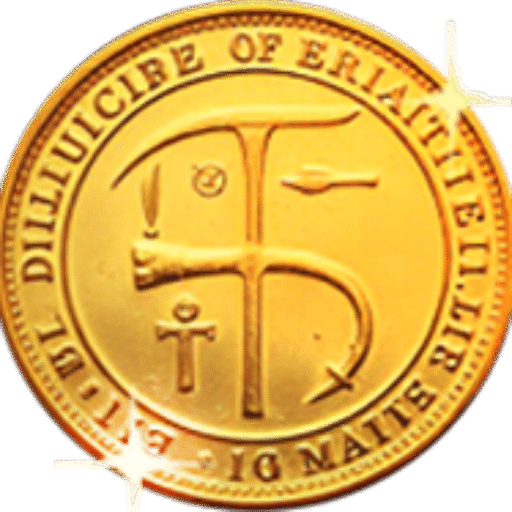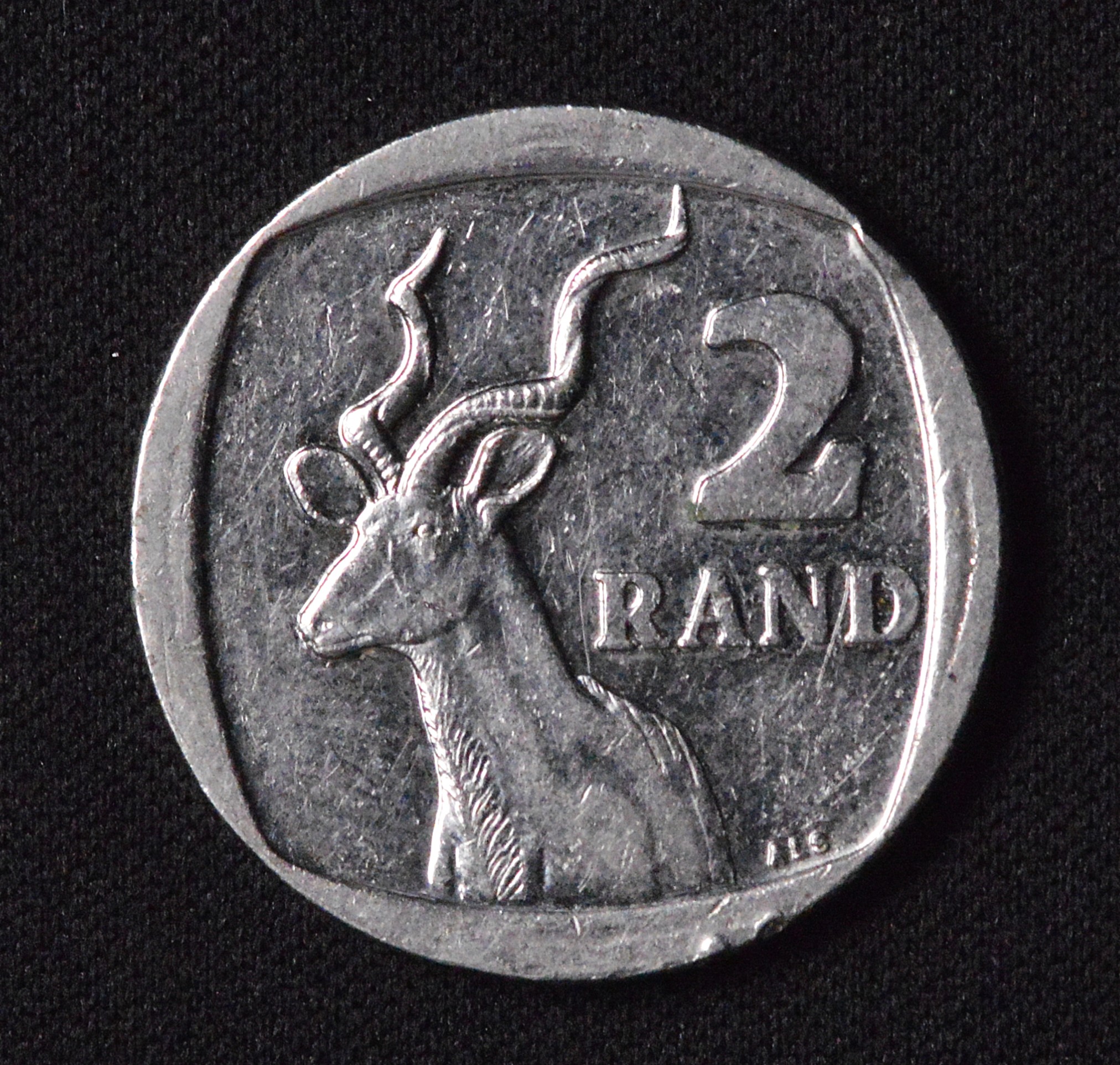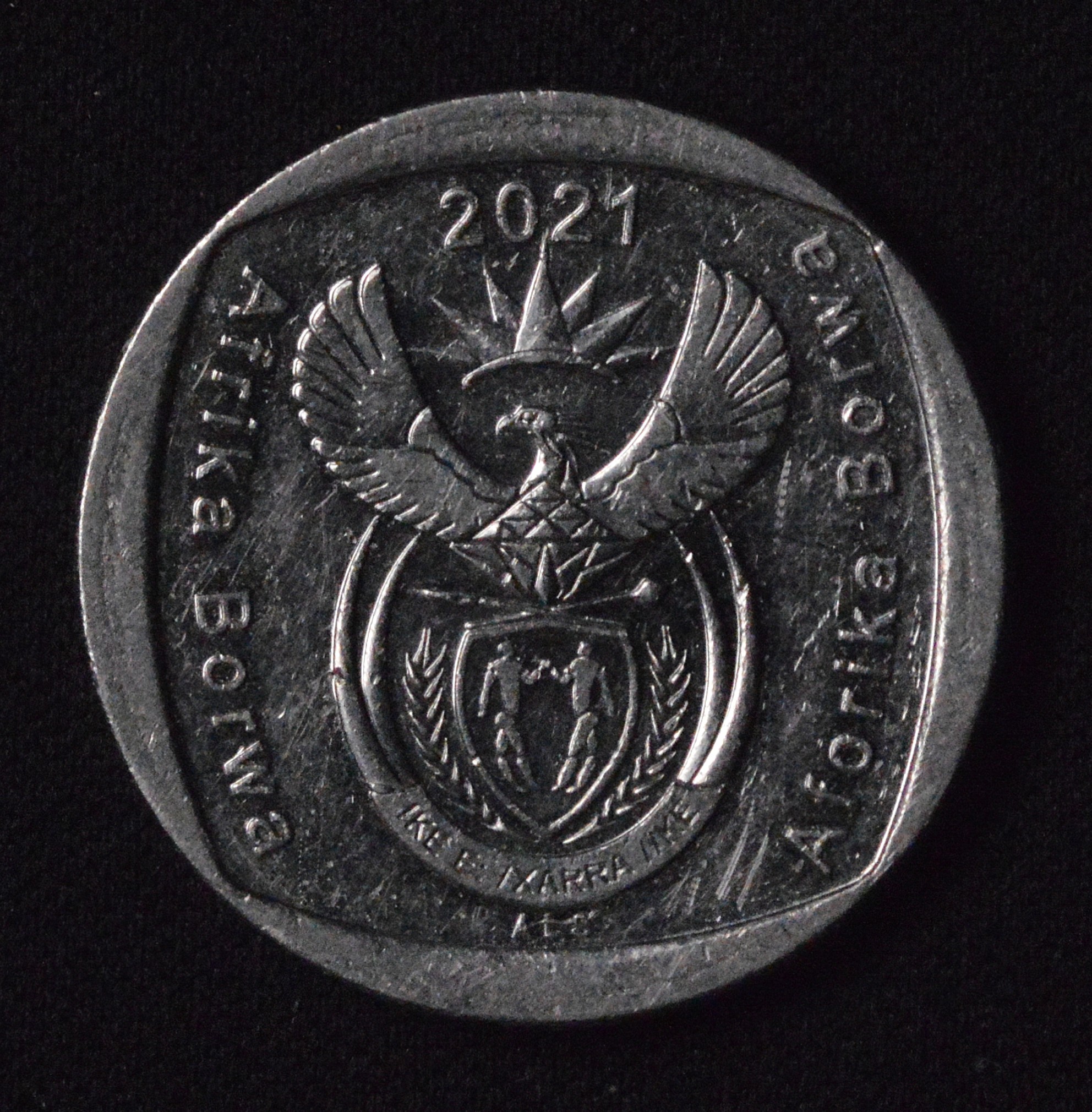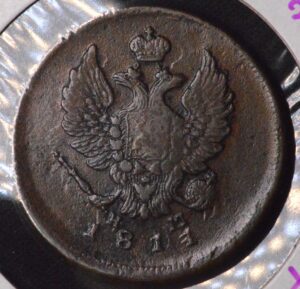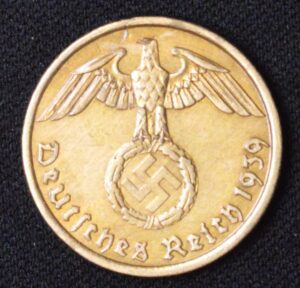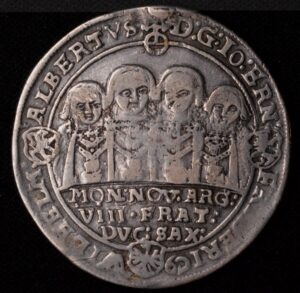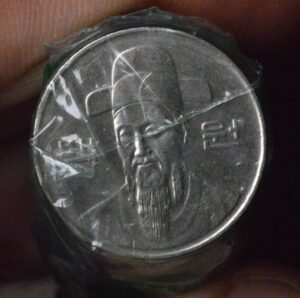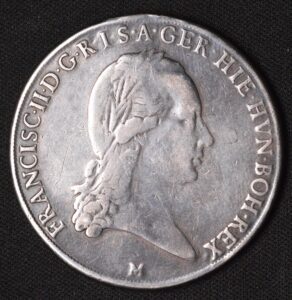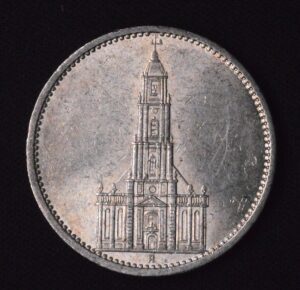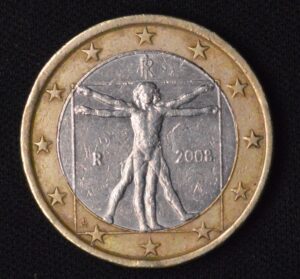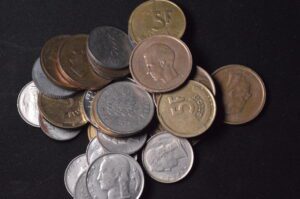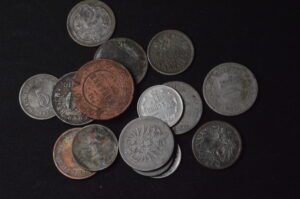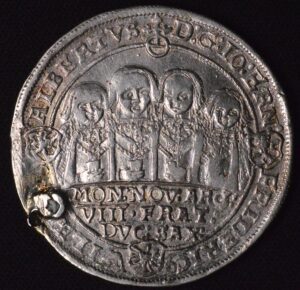Description
The African 2 Rand coin holds both historical and numismatic importance in South Africa’s currency system. First introduced after the country became a republic in 1961, the 2 Rand coin was designed to replace earlier gold coins and to parallel British sovereigns in size and composition. It played a vital role as a gold bullion coin and legal tender, symbolizing a significant era of South African monetary history.
This 2 Rand coin is made of 22-karat gold (91.67% purity) and weighs approximately 7.99 grams, with a diameter of 22 millimeters and thickness of around 1.8 millimeters. These specifications align it closely with the British sovereign, allowing it to fit seamlessly within global trade and investment systems. The coin contains about .2354 troy ounces of pure gold, making it both a collectible piece and an investment-grade bullion coin.
The obverse of the coin features a finely detailed portrait of Jan van Riebeeck, the Dutch colonial administrator who is considered the founder of Cape Town. Encircling the portrait is the bilingual inscription “Eendrag Maak Mag” and “Unity is Strength,” reflecting South Africa’s cultural heritage. On the reverse, a springbok antelope—South Africa’s national symbol—is depicted mid-leap, surrounded by the country’s name in Afrikaans and English, the year of minting, and the “2R” denomination.
Though primarily valued for its gold content, the 2 Rand coin also serves as a significant piece of South African history and culture. Its issuance from the early 1960s through 1980 marks a pivotal period that predates the famous Krugerrand series, offering collectors a unique glimpse into the country’s bullion coin evolution.
Today, the 2 Rand gold coin remains a sought-after collectible and an elegant way to invest in fractional gold while owning a piece of South Africa’s numismatic legacy. It bridges the gap between the country’s colonial past and its modern identity as symbolized by its rich wildlife and motto of unity.
The African 2 Rand coin holds both historical and numismatic importance in South Africa’s currency system. First introduced after the country became a republic in 1961, the 2 Rand coin was designed to replace earlier gold coins and to parallel British sovereigns in size and composition. It played a vital role as a gold bullion coin and legal tender, symbolizing a significant era of South African monetary history.
This 2 Rand coin is made of 22-karat gold (91.67% purity) and weighs approximately 7.99 grams, with a diameter of 22 millimeters and thickness of around 1.8 millimeters. These specifications align it closely with the British sovereign, allowing it to fit seamlessly within global trade and investment systems. The coin contains about .2354 troy ounces of pure gold, making it both a collectible piece and an investment-grade bullion coin.
The obverse of the coin features a finely detailed portrait of Jan van Riebeeck, the Dutch colonial administrator who is considered the founder of Cape Town. Encircling the portrait is the bilingual inscription “Eendrag Maak Mag” and “Unity is Strength,” reflecting South Africa’s cultural heritage. On the reverse, a springbok antelope—South Africa’s national symbol—is depicted mid-leap, surrounded by the country’s name in Afrikaans and English, the year of minting, and the “2R” denomination.
Though primarily valued for its gold content, the 2 Rand coin also serves as a significant piece of South African history and culture. Its issuance from the early 1960s through 1980 marks a pivotal period that predates the famous Krugerrand series, offering collectors a unique glimpse into the country’s bullion coin evolution.
Today, the 2 Rand gold coin remains a sought-after collectible and an elegant way to invest in fractional gold while owning a piece of South Africa’s numismatic legacy. It bridges the gap between the country’s colonial past and its modern identity as symbolized by its rich wildlife and motto of unity.
CUSTOMER FEEDBACK




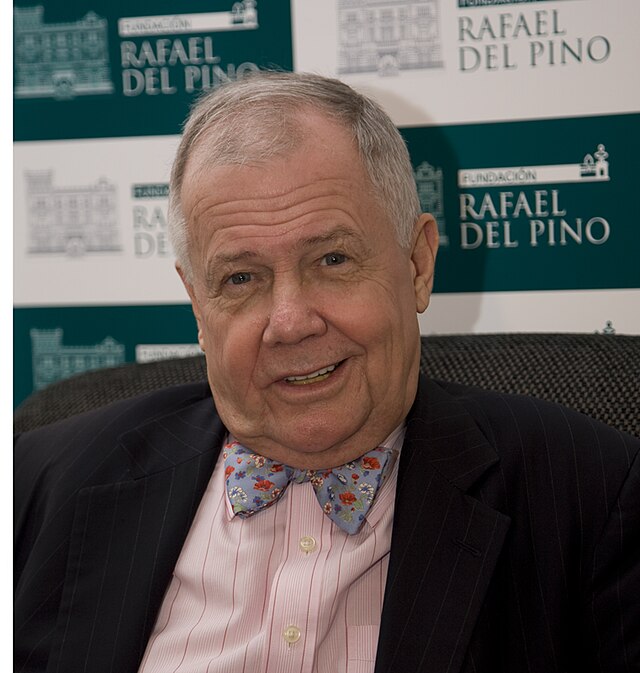



Related Products & Newly Released!
-
$150.00
-
$399.00
-
$99.00




SHIPPING POLICY
Your order is shipped from the United States with USPS tracking within one business day.
14 Day Return Policy
You can return your item back within
14 days of the purchase

Secure payments
Your payments are 100% secure and are processed through Square or PayPal on a protected security network.
SHIPPING POLICY
FREE International and Domestic (United States) shipping. Your order is shipped with USPS tracking 24 hours after you order.
14 Day Return Policy
You can return your item back within
14 days of the purchase

Secure payments
Your payments are 100% secure and are processed through Square or PayPal on a protected security network.
RESOURCES
support
Get Fresh Articles!
Sign up now to receive our articles for the latest insights and promotions!
RESOURCES
support
Get Fresh Articles!
Signup our newsletter to get update insight or promotions.

